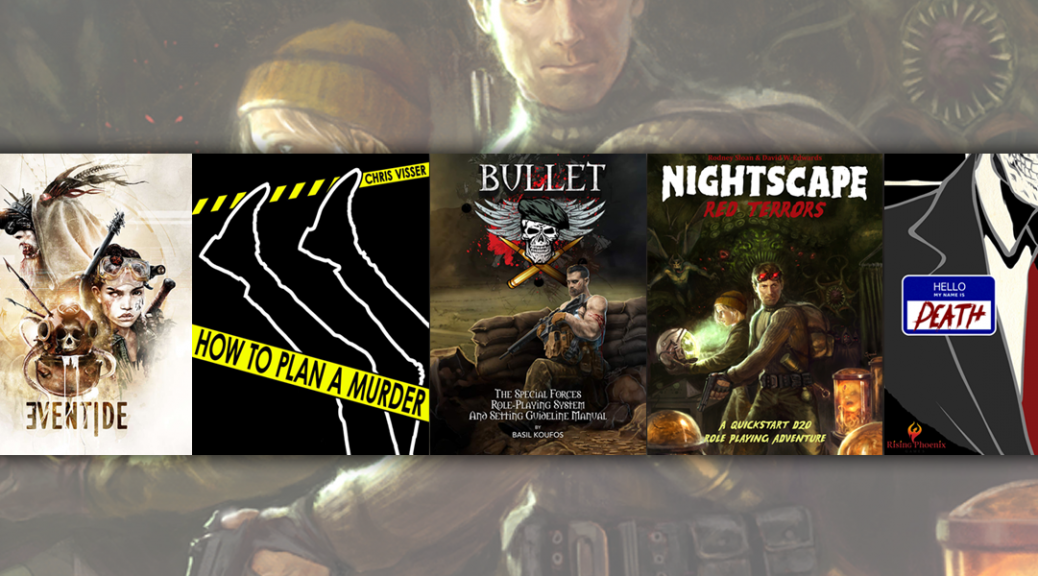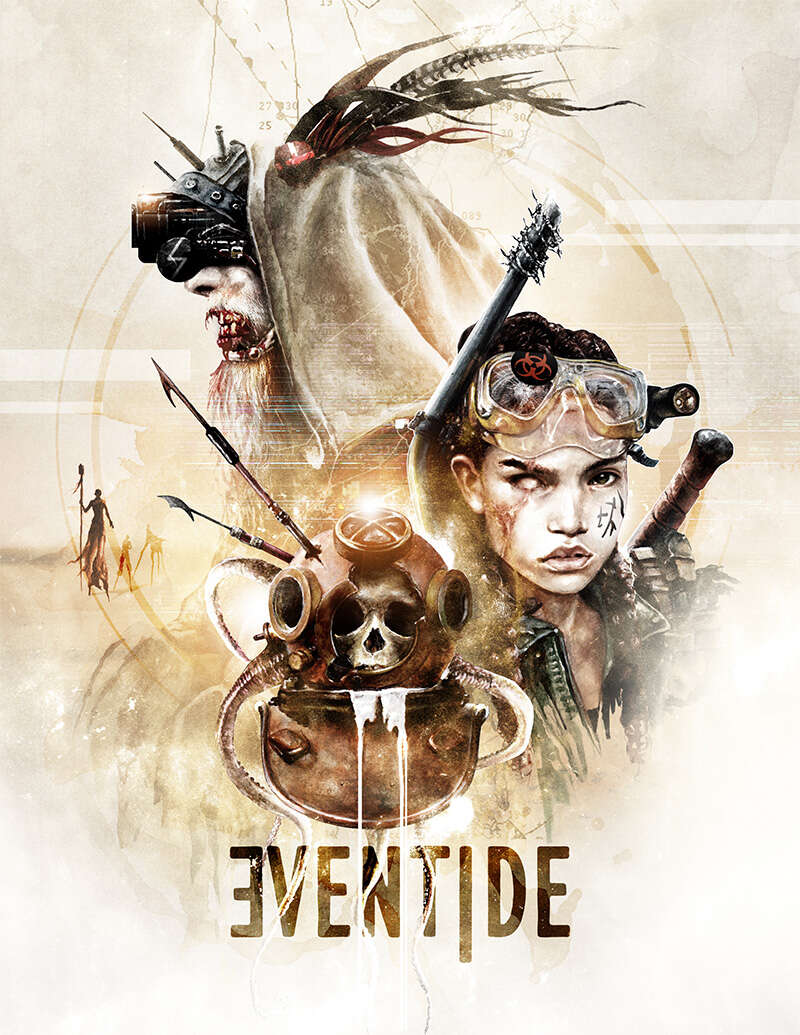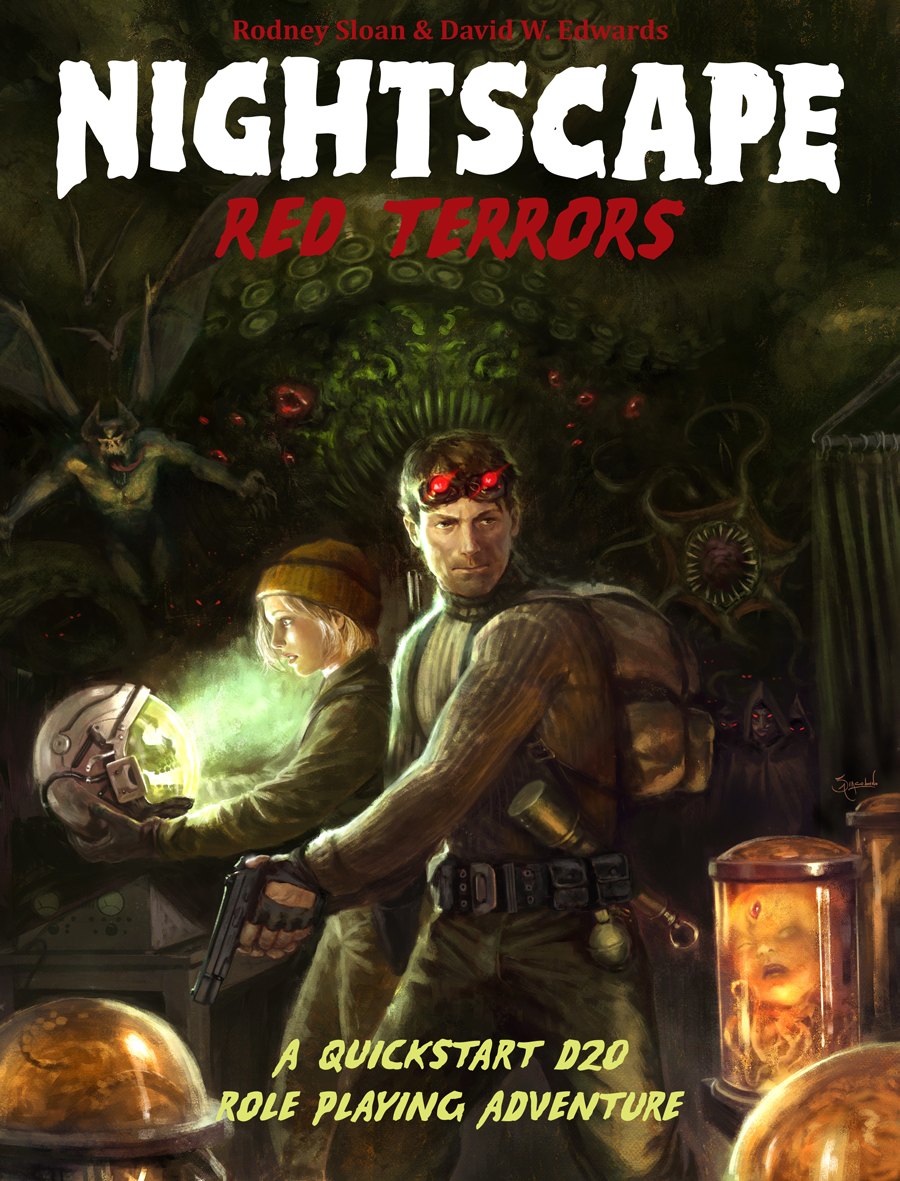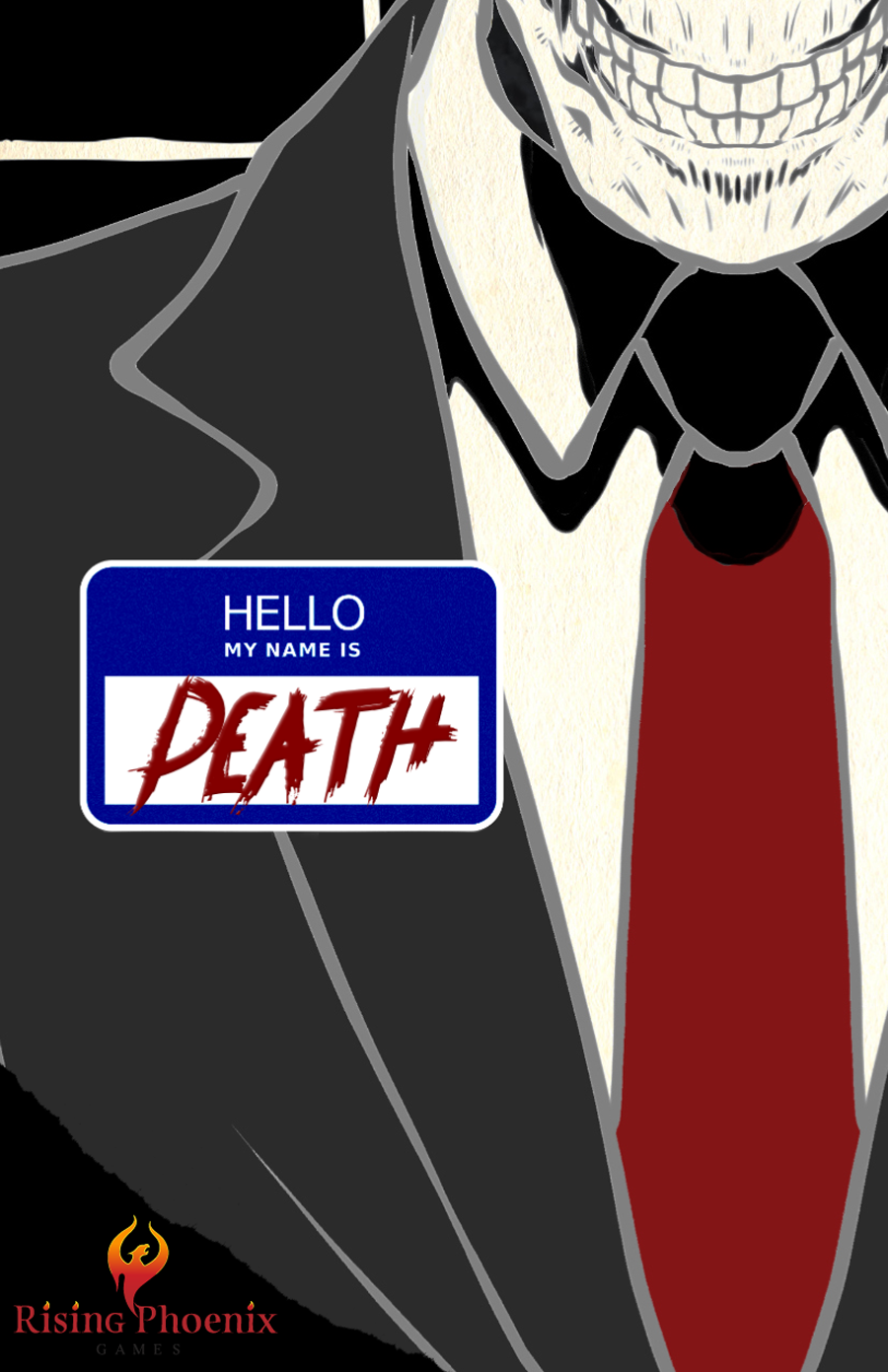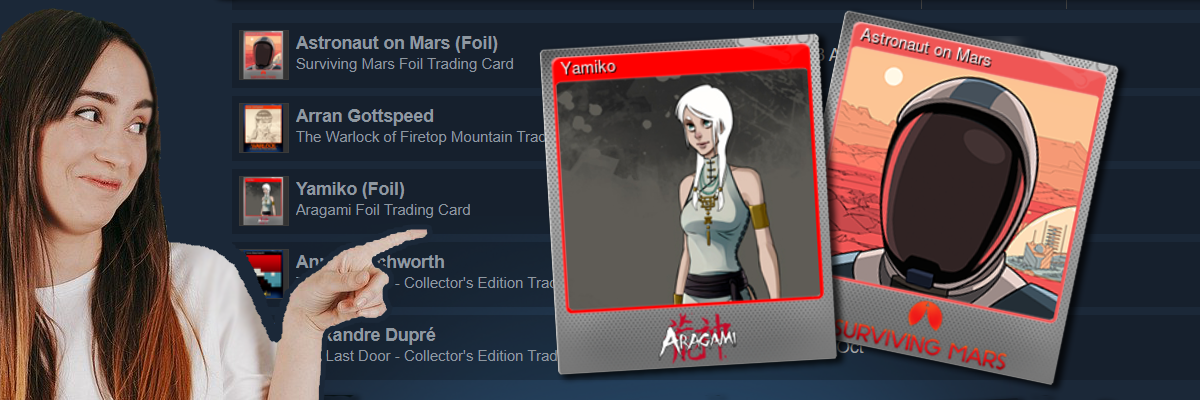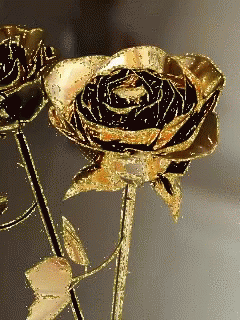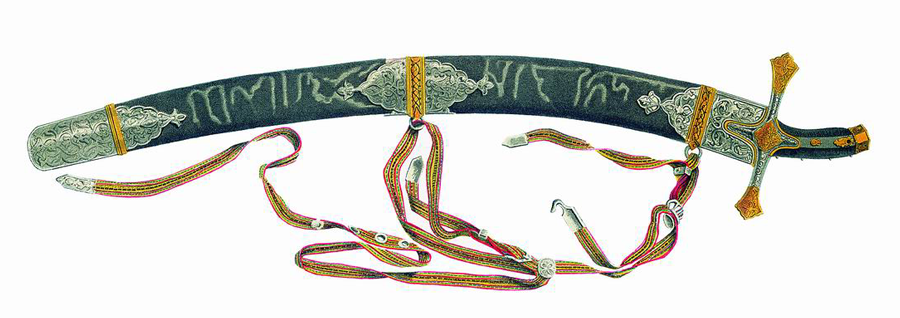It’s Mini Monday, where I share customizing, scratch building, kitbashing, and miniature painting projects for your roleplaying and tabletop gaming. This week we’re scratch building a Battle Cat wargaming miniature.
Psst, we have a secret coupon code for a new magus book for Pathfinder 1e, hidden in the text. You’ll need to read everything to find it.

Battle Cat is He-Man’s fearless feline friend, who transforms from the cowardly cat Cringer (erm, tiger) into a red-armored fighting fiend. Besides inspiring alliteration, Battle Cat is He-Man’s inseparable companion, with whom he shares the secret of the Sword of Power and also benefits from its transformative powers.
I’m busy working on my own little D&D Masters of the Universe set, so Battle Cat’s an important miniature to have. It’s possible to find him online, but it’s also very easy to kitbash or scratch build your own, which is why you should give it a go. This project is the perfect beginner project for learning how to use green stuff or modeling epoxy, and you can use the same method for all kinds of original mounts too.
Step 1: Obtain Miniature Animal of the Plastic Variety
Find a suitably sized plastic animal, preferably one with a high enough level of detail that it’ll look like an animal when your primer has made it monochrome. I found a great lioness that was the perfect size and easy to convert into a tiger.
Step 2: Snip and Clip, then Putty and Paste
To make the armored saddle and helmet I used Tamiya Epoxy Putty, which is a two-part clay (white and beige) that you mix together before working. I’ve never used green stuff, which most people swear by, but this stuff certainly does the job.
Saddles are the easiest thing to make, but barding (plate for a mount), isn’t much harder. Find a good reference to work from and break down the full shape into its component shapes and you’ll do fine. The rest of the armor, including the helmet, is just an extension of the same process.
To bulk up the shape of Battle Cat’s beard and chest hair I used hairpieces from some third edition Dark Eldar.

Step 3: Paint and Play
I primed the mini white, then painted his fur orange and the saddle armor red. I then painted green over the fur, to leave exposed stripes. The stripes were a bit tricky, so decide on which direction you want them to run in before painting and you should be fine.
Finally, I dry brushed his beard white, painted his nose and eyes black, and his claws were brown, black, then white. Finally, I gave the fur a black wash and painted the base black. I didn’t texture the base so that other figures can stand on the base, to show they are riding him.

Unleash the Power of the Magus
One of the companies I work for is d20pfsrd.com Publishing, and we just released Art of Magic: Melee and Magic. The book has been doing amazingly well, reaching Copper Seller in under 24 hours. I guess it just proves how popular the magus is.
So, what’s in the book?
New magus archetypes, feats, magus arcana, and spells. Mark Thomas, the writer, did an excellent job of offering a wide variety of builds that should offer something for every magus player.
The book is compatible with the Pathfinder Roleplaying Game (first edition) and is $2.99 for 24 pages.
Psst, we have 5 coupon codes for Melee and Magic, here, good till the end of the month.



